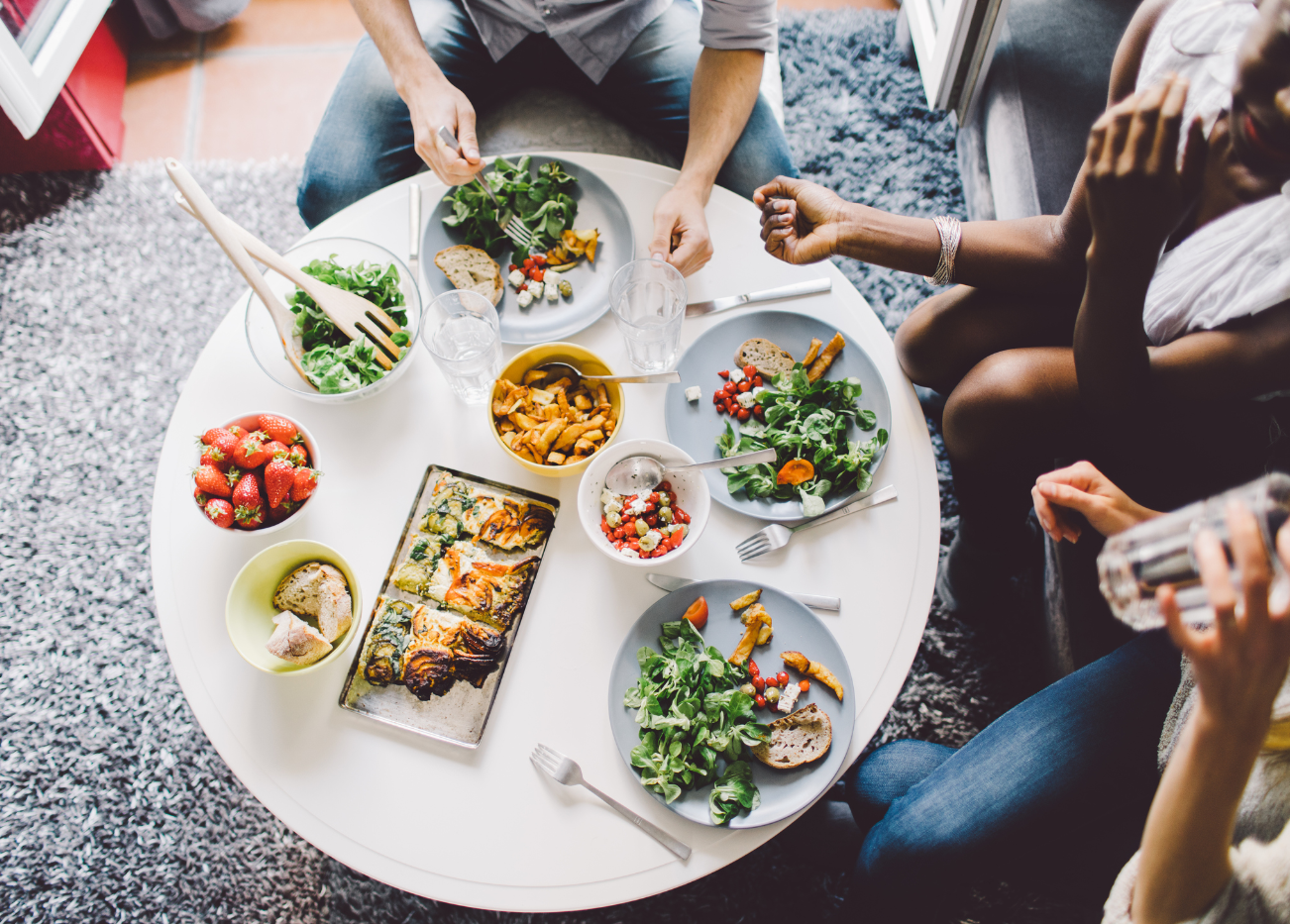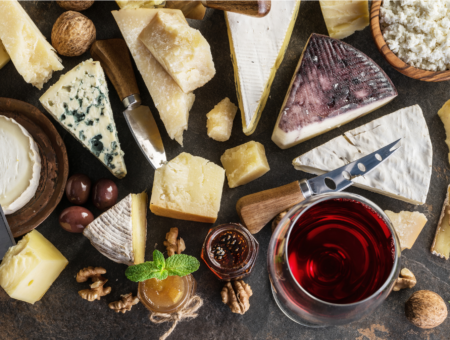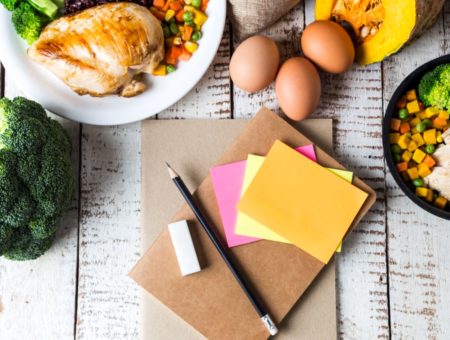
Getting all your nutrients on a low FODMAP diet
The elimination phase of the low FODMAP diet can be quite restrictive and, unless you are following it under the guidance of a dietitian specialised in this area of GI nutrition, your diet may be lacking in a few important nutrients. According to research studies by Monash University and other institutions, the nutrients of biggest concern are calcium, iron, and dietary fibre.
Here are a few tips on how to how to make sure that you don’t fall short in these important nutrients.
Calcium may be inadequate as many people believe the low FODMAP diet is a lactose-free diet and stop eating dairy products. The truth is that you need to eat a low-lactose diet and can enjoy lactose-free dairy products such as milk, yogurt and also some kinds of hard cheeses. If you are allergic to milk protein or follow a vegan diet, you can still meet your calcium needs by drinking calcium-fortified almond or hemp milk, eating calcium-set tofu, calcium-rich vegetables (bok choy and kale) and nuts and seeds such as almonds, Brazil nuts, and chia seeds.
Iron – to meet your needs, try to incorporate low FODMAP serving sizes of canned lentils and chickpeas, soy products (firm tofu, tempeh), nuts and seeds, and some red meat (if it’s part of your diet). Low FODMAP grains like quinoa, millet, and small amounts of oats are also a good source of iron. As are certain low FODMAP vegetables such as kale, chard, spinach, bok choy, and broccoli.
Fibre can be low if you are not eating enough whole grains, legumes, and/or fruits and vegetables. The recommendation for people with IBS is similar to that for the general population, which is to aim for 25-30 g of fibre per day. Some of the foods mentioned above as being rich in calcium and/or iron are also fibre powerhouses. Having low FODMAP serving sizes of: oats (4 g) with kiwi (2 g) for breakfast; canned lentils (3 g) for lunch in a salad; chia seeds (8 g) for a snack (for example, a chia pudding); and a stir-fry with broccoli (2 g), half a red bell pepper (3.5 g – also FODMAP-free), over a cup of cooked quinoa (5 g) for dinner will more than meet your daily needs for fibre.








